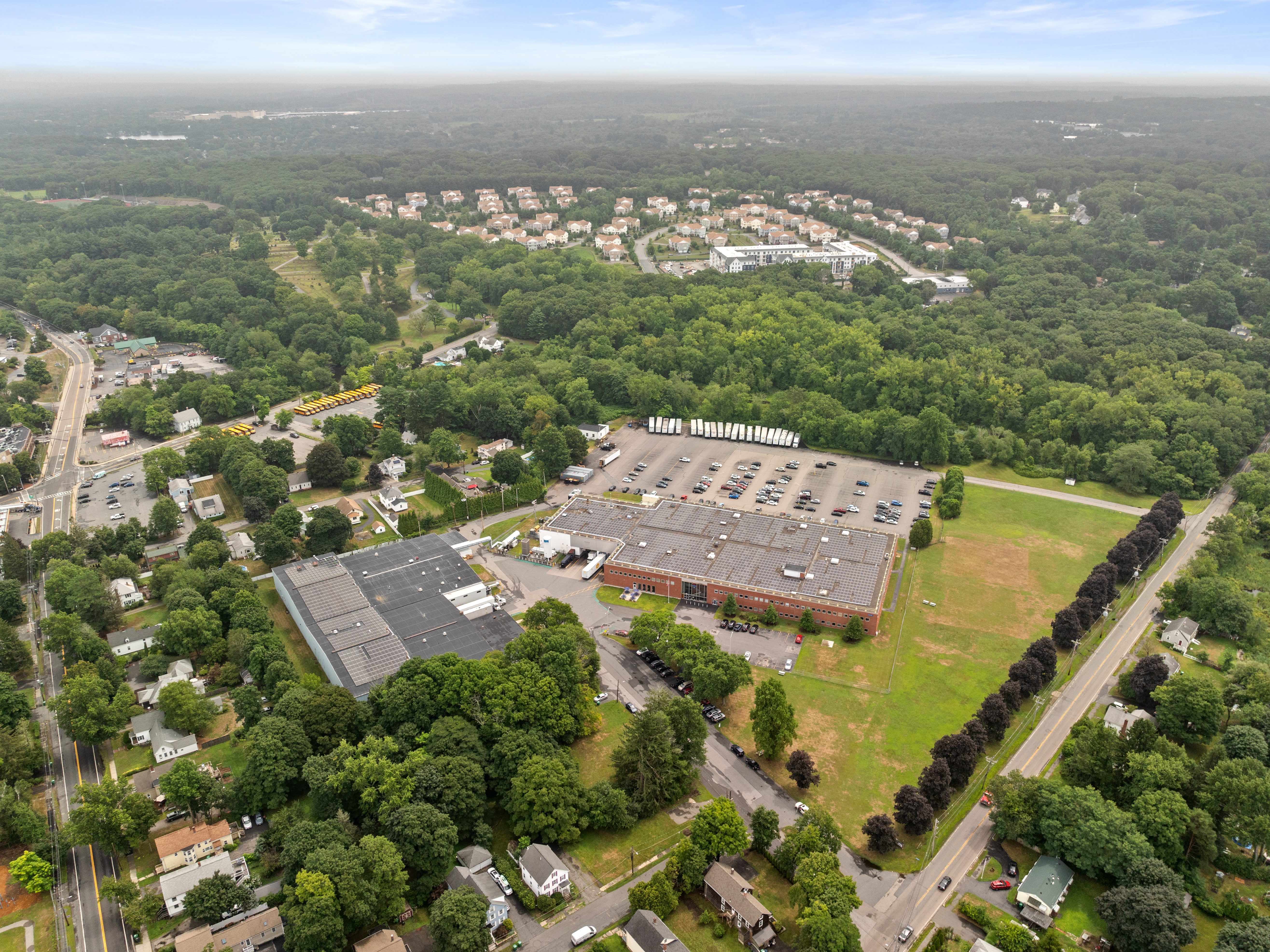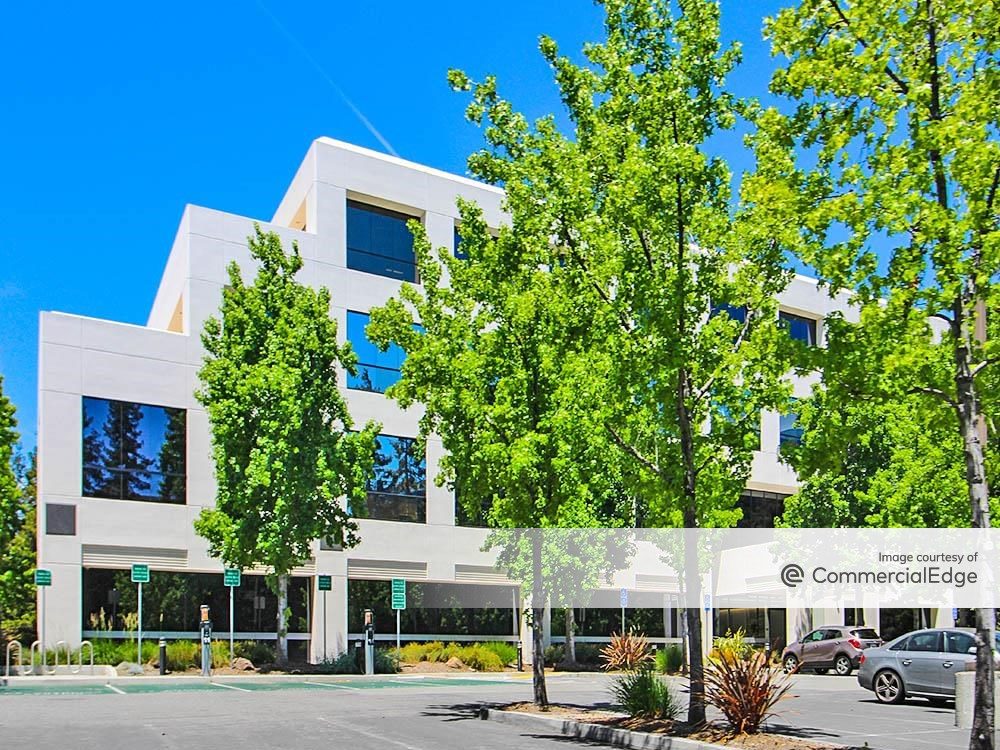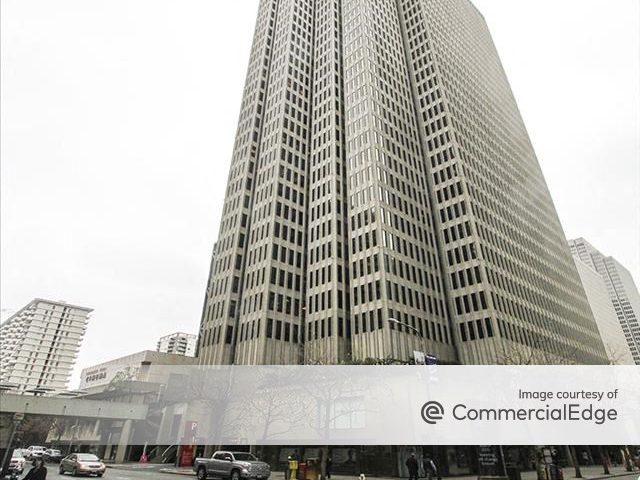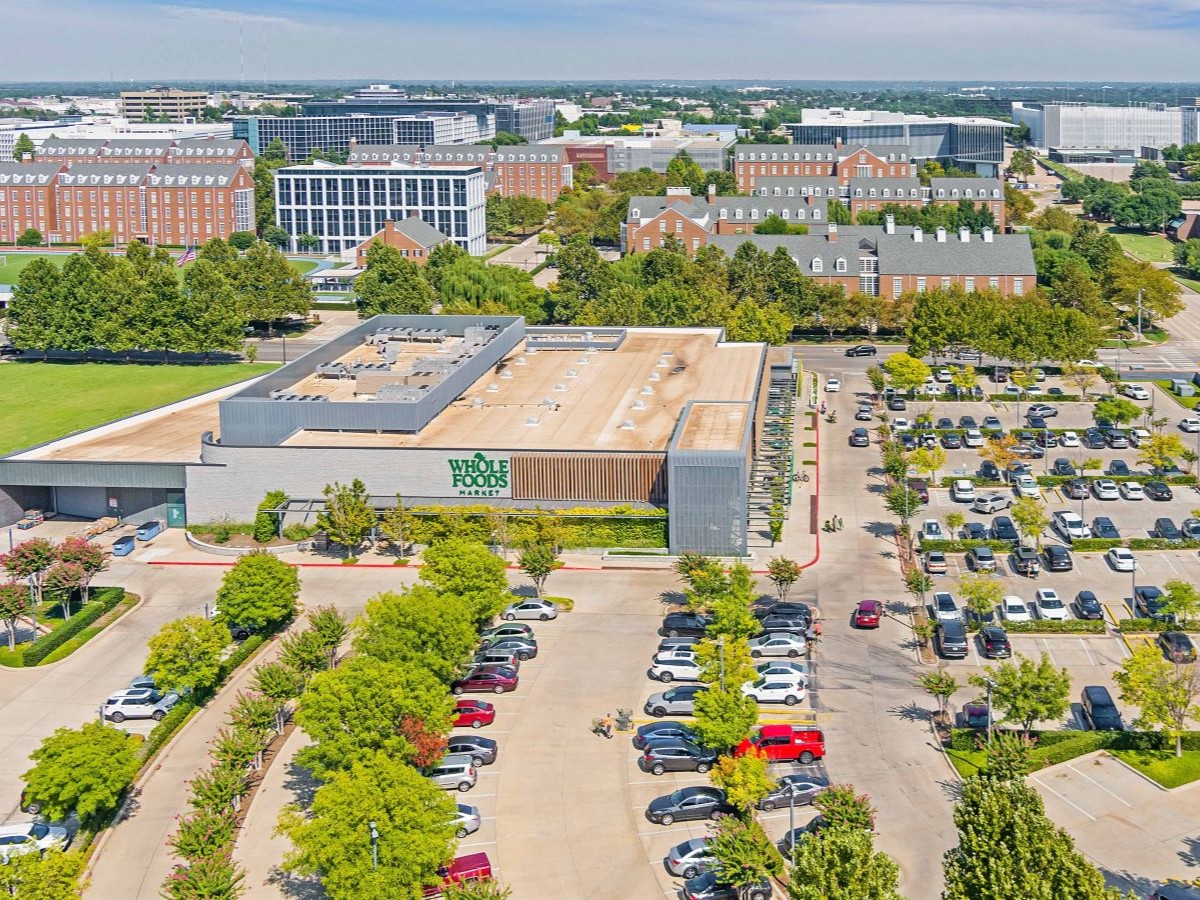Getting Into the Heads of Retail Tenants
Where do these companies want to be located and what do they want from owners?
Following steep declines during the pandemic, retail properties came in as the second-most-desirable capital investment during the first half of this year, following industrial/logistics assets. But while the industry is bouncing back, demand is not being felt evenly across the country.
Retail is largely flourishing in areas that benefited from inward migration during the pandemic, such as the Sun Belt, Peter Braus, managing principal & cofounder of Lee & Associates NYC told Commercial Property Executive.

Peter Braus, managing principal & cofounder, Lee & Associates NYC. Image courtesy of Lee & Associates NYC
“Florida, for example, is experiencing double-digit year-to-year growth,” Braus explained. “However, many of these geographies also are overbuilt, and consequently, the older retail projects, and specifically the Class B and C malls, are suffering, even in good markets.”
Retail demand can also look entirely different from one submarket to another. New York City retail, for example, is appears healthy. But in some areas, like Midtown East, occupancy rates are underperforming. This trend is also evident in downtown Los Angeles, San Francisco and Atlanta.
“Some suburban and less densely populated areas, as well as those struggling with economic instability, may experience varying levels of demand,” said Lawrence Taylor, founder & chairman of Christina. “One example that presents a good case is San Francisco, a market struggling with high office vacancy rates, tech industry shifts and high costs of living, which have all contributed to an overall decrease in retail demand.”
What retailers want
When it comes to national retail trends, there are certain spaces that consistently perform. In Class A malls, for example, the boutique-size spaces continue to attract attention, Braus said. For big-box fashion retail, there is a trend toward downsizing in order to meet the consumer in a street retail environment, leading to stores such as JC Penney, Sears and K-Mart giving up massive locations and other big-box retailers adapting to smaller storefronts.
“H&M opened their first experiential pop-up in Williamsburg, N.Y., in 2022 and Macy’s just announced the rollout of a smaller store model that will carry a more curated selection,” said Danny Volk, founder of Vantage Real Estate Advisors. “However, experiential retail is taking the opposite approach, locking down very large spaces in locations such as stale shopping malls and warehouses for concepts like pickleball, paddleball, arcades, escape rooms, etc.”

Lawrence Taylor, founder & CEO, Christina. Image courtesy of Christina
In Los Angeles, for example, the retail experience has become more dynamic and creative, leading retailers to blend the consumer experience across different mediums, including online, direct-to- consumer delivery, and traditional brick-and-mortar facilities, Taylor noted.
“As a result, we’ve noticed that retailers are trending toward smaller physical storefronts, which allows them to offer a combination of both online and in-person experiences,” he explained. “In addition, midsize restaurant spaces offering unique dining experiences also remain popular, especially on pedestrian-oriented streets.”
Mixed-use developments are continuing to gain traction, catering to the consumer’s desire for convenience, Taylor noted.
In addition to space requirements, retailers have other considerations when debating where to sign a lease. As with any CRE asset, companies weigh rent prices, building conditions, co-tenancies and neighborhood demographics. In urban locations, foot traffic makes a difference, too. And, of course, location is king.
“Above all, the terms of the agreement need to be such that the landlord can feel good and make their obligations, and the tenant can make money,” observed Volk. “When a deal is only penciling for one side, that’s when we see premature turnover.”
Factors like ease of access, proximity to target consumers, competitive lease terms and parking all impact the decision, as well, Taylor said. “Moreover, retailers are increasingly interested in spaces that allow them to integrate technology and create immersive, engaging shopping experiences,” he continued.
Resiliency ahead
While other property types may be bracing for impact or are already experiencing a downturn in demand, retail is largely expected to maintain a strong footing. Braus believes that, while high interest rates and economic volatility will drag on upcoming retail expansion, the fundamentals look good moving into next year.
“Inflation was expected to take a major bite out of consumer spending, but it hasn’t seemed to occur,” Braus said. “If the Fed manages to achieve a ‘soft landing,’ then we would anticipate retailing to remain strong going into 2024.”
Likewise, in Los Angeles, retail will continue to recover and thrive, supported by a diverse and resilient consumer base, Brause predicted. “Despite the rapid rise in interest rates, which has affected all facets of the real estate industry and the economy, demand for street retail in the best locations continues to accelerate,” he noted.
READ ALSO: What Retail Investors Want Now: A View From Transwestern
For Volk, retail’s robustness in the near term will depend on pricing. Landlords that value great tenants will continue to offer incentives to lure those tenants in.
“Examples of strong deal points include additional free rent periods and great tenant improvement allowances packages,” he explained. “There will always be speculation on the staying power of this retail comeback, but the feasibility of it will truly depend on the ability of landlords to create an environment for retail to survive.”
Trends to watch
While traditional retail seems to be enjoying a comeback, experiential retail continues to sweep the nation. In some cases, big-box spaces are trying to reinvent themselves as experiential.
“I think the most interesting thing to watch is how these large spaces will be repurposed into new uses,” said Braus. “This represents millions of square feet and will present great opportunity. However, high interest rates will present a challenge to redevelopment of these properties.”
These adaptive reuse developments are taking hold across the nation. Spaces that are dated or underutilized are being converted into pickleball courts, ping pong areas, golfing spaces, etc.
“Over the past few years, we’ve noticed an increase in experiential retail tenants, such as fitness studios, coworking spaces and wellness centers,” Taylor observed. “We’ve also seen an uptick in demand for quick-service, grab-and-go food operators and high-end salons. Additionally, there’s a growing demand for grocery stores and pharmacies, reflecting consumers’ focus on health and convenience.”
The emergence of health-related spaces is also something to watch.
“In a post-COVID world, there is a rise in consumer interest in not only health but also cosmetic treatments, and these tenants are willing to pay competitive rents to meet their consumers in the most convenient place possible to capture that drive,” said Volk.







You must be logged in to post a comment.